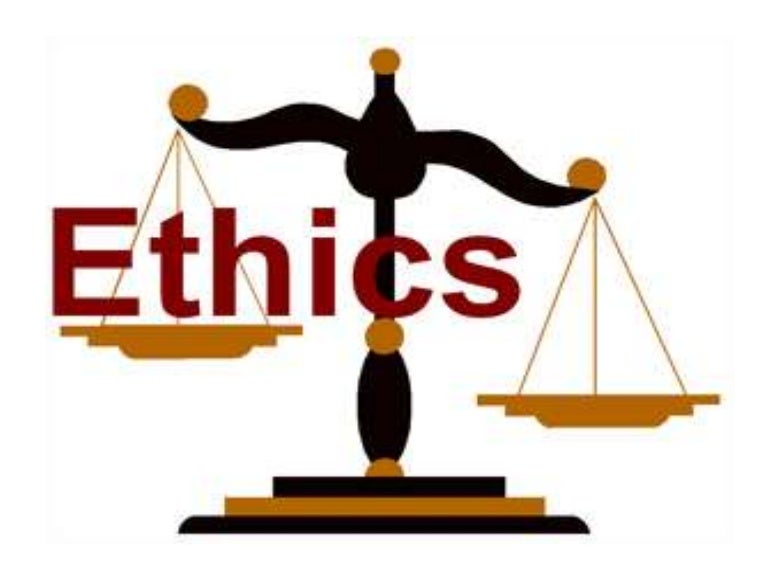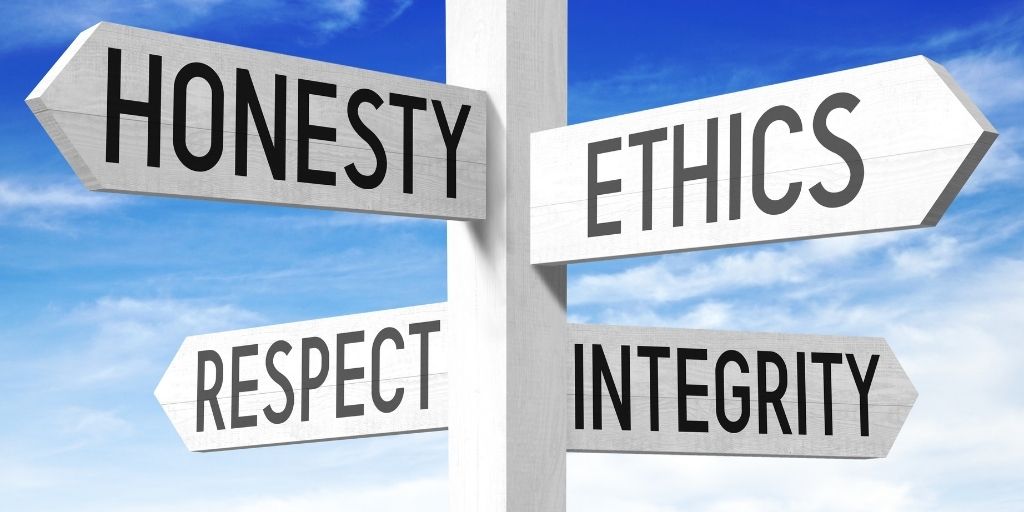Table Of Content

As design becomes increasingly essential, discussions around design ethics have moved to the forefront. While the resources section includes plenty of examples of different ethical standards for designers, the four-point ethical standards from the Academy of Design Professionals is one that is worth striving for. Nacke, of the University of Waterloo, recommends the Ethics for Designers toolkit, which includes resources like a moral value map. When prototyping a new feature, designers can use the map to identify values they consider most important and how that design might intersect with and affect those values. Mike Monteiro, co-founder of Mule Design Studio and author of Ruined by Design, told Built In that designers are hired not only for their ability but also their expertise, which includes the knowledge that such patterns are unethical.
The 33 Best Free Fonts Designers Should Download
Ultimately, we suggest that further engagement with interdisciplinary theory on human agency will accomplish two goals. First, it will enhance the clarity of the role of the designer in enacting more ethically sound approaches to design. Greater clarity about the nature of creativity and decision-making with respect to design choices will provide a foundation for even more sophisticated understandings of where to direct our attention in support of ethical design. Second, and relatedly, it will support the identification of points of intervention that enable designers to engage in normatively stronger design work. When we understand the nature of the influences on designers and design work, it becomes possible to shape them in ways that support particular aims.
Designing for Accessibility: Crafting Inclusive User Experiences
The first ethical dimension of design arises from the human power or ability to design. One may reasonably argue that design itself is morally neutral because the art is only an instrument of human action. They possess values and preferences, beliefs about what is good and bad for human beings, and an array of intellectual and moral virtues or vices that constitute personal character. The power or ability to design is embedded in a human being, within the character of the designer.
Consider or respond to unexpected ethical dilemmas.
Design ethics have a profound impact on individuals, society, and the environment. When designers prioritize user needs and well-being, they create products and services that are more intuitive, accessible, and enjoyable to use. Ethical design also promotes inclusivity, ensuring that individuals from diverse backgrounds can access and benefit from technology. It’s important for designers to understand the impact they have and the steps they can take to make products that are good for your users, good for business and good for society. In this article, we’ll break it all down, describe the main principles of ethical design, show you examples of good and bad design and go over some ways to work toward more ethical design.
Economic necessity plays an important role in the degree of luxury that products provide, but local community values also influence what is acceptable in making products pleasurable. Adapting products to local values is an ethical consideration for the designer and the designer's client. It is closely related to the issue of appropriate technology, which concerns selecting the kind of technology for a product that is suited to the economic, environmental, and social or cultural conditions of people. Designers impact societies, cultures and the natural environment through design and decisions that influence design strategies. Understanding Design Ethics and the path to best practice is imperative, as the right design solution is not always a preconceived idea and requires evaluation and research.
Trusted by Businesses Worldwide to Create Impactful and Memorable Brands
After Comfort: A User's Guide - Simone Ferracina - The Ethics of Use: Repurposing Debenhams - E-Flux
After Comfort: A User's Guide - Simone Ferracina - The Ethics of Use: Repurposing Debenhams.
Posted: Sun, 26 Nov 2023 08:00:00 GMT [source]
Today, the utilitarian approach teaches that the best action is the one that yields the greatest good and least harm for all involved. But there’s a darker side, a way of using design irresponsibly—even destructively. It reduces injuries, increases productivity, and makes knowledge more accessible. Designer Sebastian Deterding shows how our visions of morality and "the good life" are reflected in the design of objects around us. If this post has inspired you to develop a new ethical standard for your designs, here are a few next steps you can take.
Design Ethics: Rethinking Practice in 2021
Designers should understand that whatever tool or service they are creating is just a tiny part of any user’s world and that your user also needs a break sometimes. These products should be there when the user needs them and stay out of their way whenever they don’t. Our brains look for patterns and past events to inform decisions without involving the conscious part of the mind. This is helpful to reduce the cognitive load of our everyday experiences.
Mastering your ethical skills will help you grow as a responsible designer. As designers, we are trained to solve problems and make people’s lives better, but rarely do we consider what 'better' actually is. That’s why I believe designers should understand ethics and learn to incorporate it in your design work. Check out the toolkit for practical resources for approaching design from an ethics perspective.
Envision Your Future

Mitcham's "Ethics into Design" draws from philosophical discussions of ethics, the philosophy of technology, and the development of ethics in engineering. Mitcham's essay is important because it gives disciplined philosophical focus to the many discussions of ethics, politics, and morality that have shaped design since the beginning of the twentieth century. Designers whose ethical position is grounded on conventional and arbitrary foundations typically argue that products should satisfy the needs and desires of human beings within acceptable constraints. The constraints at issue are the simply conventional expectations of a community and what is considered normal in the physical, psychological, and social condition of human beings in a particular time and place. The strongest premises are drawn from the study of manners, taste, and prevailing laws, and by scientific study of what is normal and abnormal in the body and mind.
As actors alter or shift their agentic orientation through intersubjectivity, social interaction, and communication, they increase or decrease their capacity for transformative impact. Approaches considered normatively weak sometimes suggested values that the designer might consider (Friedman et al., 2002) but did not suggest which values or normative ethical theories ought to be brought to the process (Van der Burg, 2009; van Wynsberghe & Robbins, 2014). The justification for this approach, well summarized by van Wynsberghe and Robbins (2014), was often the view that “ethics ought to be pragmatic and to provide utility for the design process” (p. 947). Such an approach led to more locally driven approaches to values discovery in the approaches reviewed in our study.
Ultimate goals are another ethical dimension of design to be considered later, but this film, while a work of fiction, effectively illustrates the second ethical dimension of design. IBM aspires to make a lasting, positive impact on the environment, the communities in which we work and live, and business ethics. In 2021, IBM launched the IBM Sustainability Accelerator, a pro bono social impact program that applies IBM technologies, including AI, and expertise to enhance and scale nonprofit and government organization solutions. This program helps populations that are especially vulnerable to environmental threats. In 2024, IBM announced our latest request for proposal on the topic of resilient cities, which will aim to find ways to foster urban resiliency in the long term. IBM plans to increase the investment in the program by up to an additional $45 million over the next five years.
As important as each of these documents are, you should have a personal code as well. You can take the time to check if products are designed ethically and hold everyone accountable if they are not. Companies can require ethical design from designers since it adds value to the products. And designers can make this a part of their code of conduct, which will add value to their brand. There are plenty of benefits of ethical design, especially long-term ones, that can bolster the brand and product of those involved. Climate change is a global issue and it’s time that we as designers consider the impact of our work on the world’s environment, resources and climate.
This evolution in our understanding of ethics changed how we understood our role as designers. We shifted from seeing ourselves as creators of static ethical documentation to being the facilitators of conversations that would change the practice of design ethics. If we hope to change the function of ethics in our profession, then we must first change how we view our role in that process. We must become designers of conversations and find new ways for people to relate to and communicate with each other. Designers have a responsibility to prioritize user needs, be transparent about their intentions, and consider the impact of their designs on individuals, society, and the environment. By upholding these responsibilities, designers can create products and services that are more intuitive, accessible, inclusive, and sustainable.

No comments:
Post a Comment